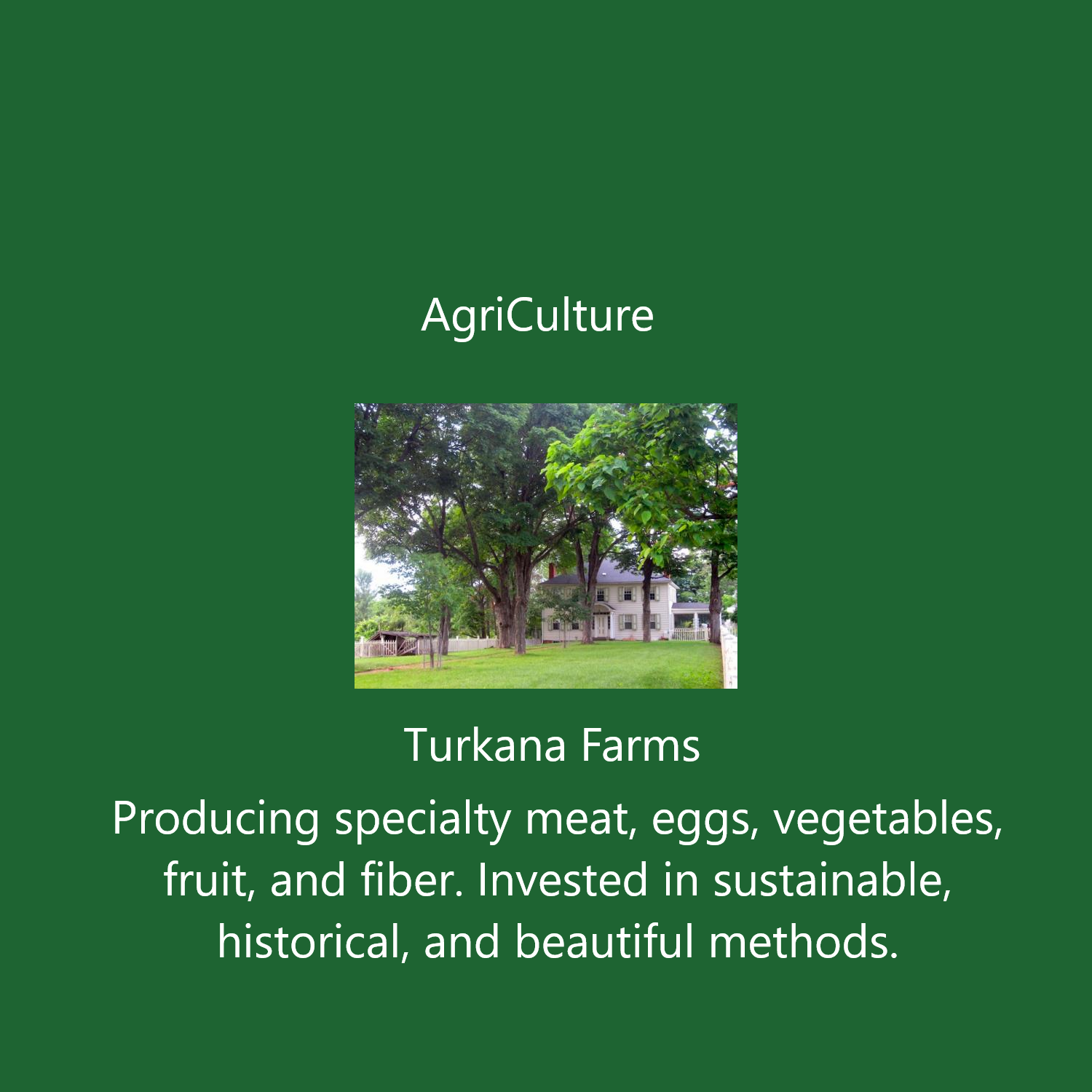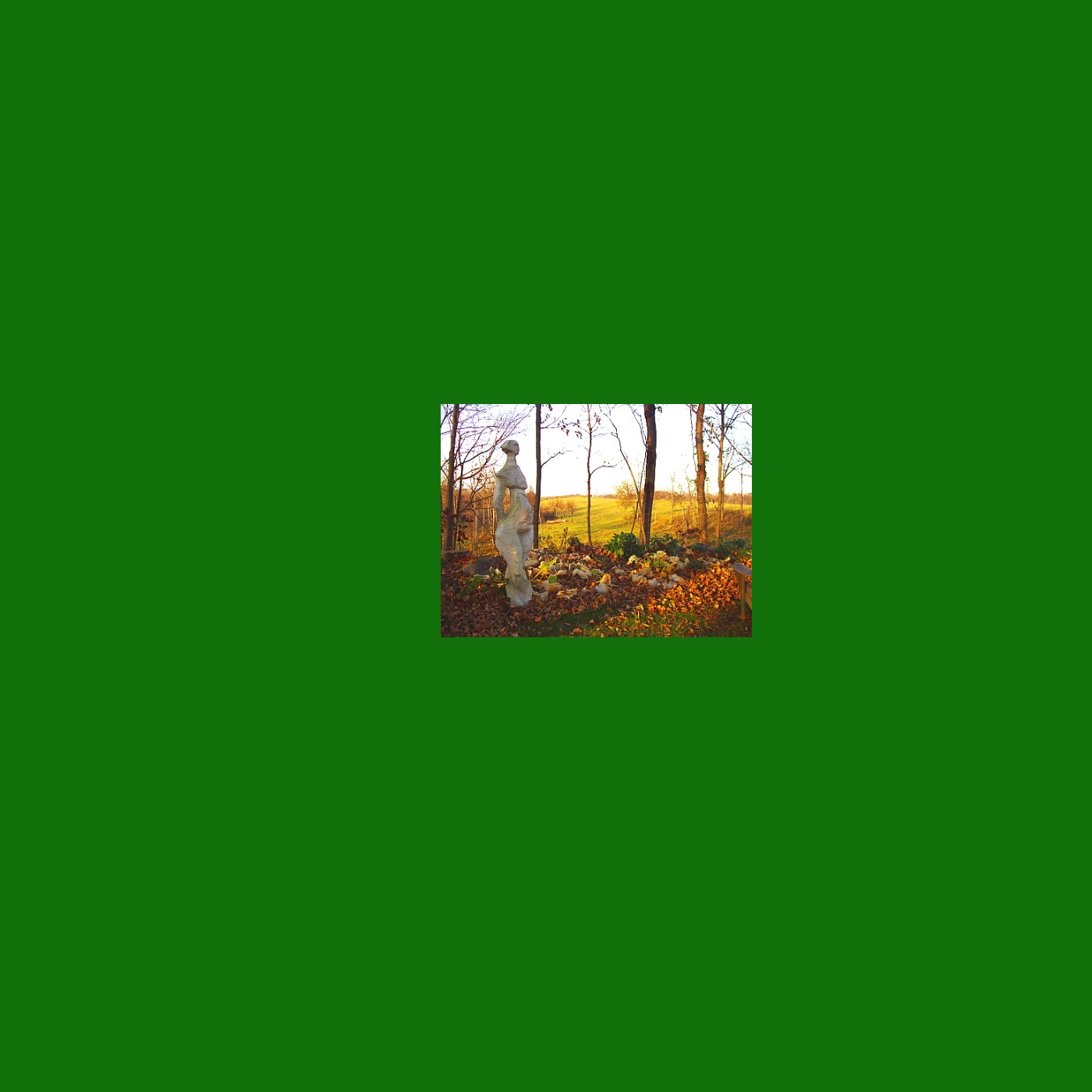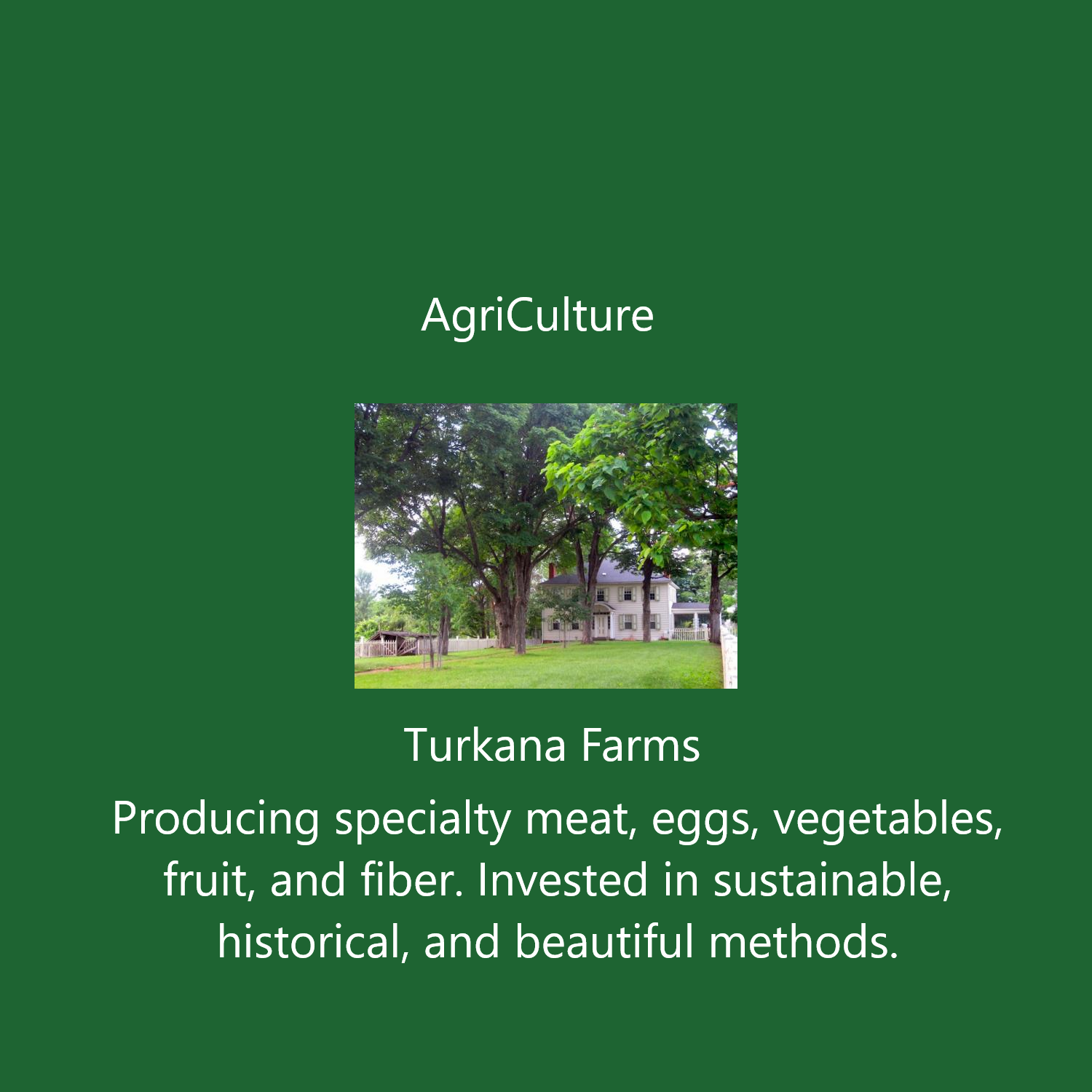 Lauren and I complicating the food system
Lauren and I complicating the food system
| Hey all, it’s Victoria.If you’ve read a farming blog or ridden a subway in the last few years, you may have seen an ad for one of a variety of programs that rescues and/or resells “ugly” produce. These services usually promote themselves as fighting food waste, and also evoke a sense of pity for the pitiful, misshapen carrot or pepper that might not get eaten without your compassionate intervention.My initial impulse when scrolling or walking past these ads is skepticism about their utility. I apologize! We’re a bunch of skeptics out here. I know these ads are furthering an excellent goal, especially since the USDA estimates that 30-40% of food produced in the US ends up as waste (https://www.usda.gov/foodwaste/faqs). But having worked in agriculture and also lived with human beings, I’ve seen far more produce lost to pests, temperature and storage problems, supply chain interruptions, or from personally ignoring the salad we KNOW we should eat in the crisper until it turns to slime. If that salad is irregular in any way, that only makes each of these hurdles more, not less, daunting. This holds true even though my explicit job, for two summers, was to be the person who picks out the ugly cucumbers.When I worked in the Horticulture department at NC State, one of our biggest projects was a cucumber production study involving the best planting densities for making pickles. This involved filling buckets with each day’s harvest, meticulously labelling them with a complex index card system, loading them on a truck bed, then dumping the contents into a grading machine and measuring the results. The grader was a huge green contraption with rows of different-sized teeth that shuffled the harvest down a conveyor belt and shot each one out into its own chute by size. My crew and I would dump the buckets, then stand at our designated chutes with the power stance of a goalie, ready to snatch out any oversized, undersized, rotten or weirdly shaped fruits before they had a chance to jam up the grader and grind our well-oiled machine to a halt. After they were sorted, weighed, double-checked and recorded, we would dump the results in a heap. These were research cucumbers, and thus wouldn’t be available for sale at any point. If we wanted, we could set aside a bucket to take home, and I probably skewed the average number of cucumbers eaten in the state that summer, but I only picked the best of the best for myself: The #2s, perfectly slender and without blemish.I have to admit, this experience made me a bit of a snob about cucumbers. In the unique conditions of our study, I got used to harvesting at one speed (super-fast) and selecting for one value when picking (anything bigger than a man’s thumb). I would hurl twenty-pound buckets without looking where they were going, kick trailing vines back into place with my boots, and had my pick from a truly staggering number of perfect specimens.Since our project was designed to collect information about processing cucumbers, our scale and our priorities were set by this need for speed, consistency, and uniformity. The purpose of grading had little to do with aesthetics, only what would smoothly move through the machines that would handle our crop. Still, even in a field that’s been organized and quantified from the ground up to produce a single, dependable product, some surprises managed to slip through, and I tossed them out without a thought.In contrast, I’ve spent this summer gently nurturing a crop of cucumber plants that are only now just starting to bear flowers. Fruit are still a far-off glimmer in my eye, and when they arrive they’ll be individually celebrated, gently cradled by mulch, and hand-picked with utmost tenderness. I know, I can hardly recognize myself. Throughout our cultivated acre, I’ve had to shift my perspective. Rather than knowing exactly what I’m looking for and processing it as fast as I can, I’ve spent this season waiting to see what comes up, and then figuring out what to do with it. This level of uncertainty makes me feel totally vulnerable, but has also provided some fabulous surprises, like the bounty of volunteer dill plants ringing the south edge of the garden, thriving with a vigor we could never have anticipated.In the context of the mass food system, the best thing an individual can be is consistent--Legible to machinery. This is one of the struggles and gifts of translating my experience with farming to the work of Turkana Farms. Here, the scale, shape, and history of the land makes these previous priorities irrelevant. With no machinery, anything that can be grasped with a hand can be useful, and we‘re obligated to care for and value whatever comes up. Rather than the most dependable varieties, we’ve chosen the ones that have thrived here in the past, ones we’ve been gifted, or ones we just love without a reason.On a totally unrelated note, happy Pride week. |
| As a rule, cucumbers have two cotyledons. This one, the first I’ve ever seen like it, has three. |
| WHAT'S AVAILABLE THIS WEEKFavas are here, young and tender $4/lb Lots of Rainbow Chard - $3/bunchGiant scallions, $2/bunchMugwort, $1/bunch for infusions or tea Beets, $4/bunch (mixed bunches Chiogga, Detroit Red, Golden), Scallions, $2/bunch Kale $3/bunch Collards, $3/bunch Purslane, limited quantities, $2/bag Cilantro, limited quantities, $1/bunch SPINACH $4/BAG OASIS TURNIPS, $3/BUNCH SORREL, $2/BAG MINT: $.75 a bunch DILL: $.75 a bunch SHISO LEAVES, $1.00 FOR 10EGGS: Production is now in overdrive. We can handle all your orders. $5/dozMEATS: We keep some on hand, but it helps to order ahead in case we need to retrieve from our stash in the big commercial freezerGEESE: One remaining, about 8.5 lbs. $10/lb.TURKEYS: A few small ones left over and frozen $11/lb .GUINEA FOWL, We are sold out!ROASTING CHICKENS - We are sold out til FallLAMB: shoulder roasts at $10/lb, riblets $8/lb, small and larger leg roasts $14/lb, lamb stew $7/lb, shanks, $10/lbPORK: Loin pork chops, $12/lb (2 to a pack, btwn 1 and 1.5 lbs), Jowl (roughly 2 to 3 lbs each), $12/lb, Spare ribs and country ribs $7/lb baby back ribs $8/lb fresh ham roasts (2 to 3 lbs), $12/lb picnic or Boston butt roasts (roughly 2 lbs) $12/lb smoked bacon, $12/lb Kielbasa $8/lbDUCKS: SOLD OUTCOMPOST, $6/Bag, approx. 40 lbs. |
 As a rule, cucumbers have two cotyledons. This one, the first I’ve ever seen like it, has three.
As a rule, cucumbers have two cotyledons. This one, the first I’ve ever seen like it, has three.
| FARM PICKUPS:Email us your order at [email protected], and let us know when you'd like to pick up your order. It will be put out for you on the side screened porch of the farmhouse (110 Lasher Ave., Germantown) in a bag. You can leave cash or a check in the now famous pineapple on the porch table. Regular pickup times are Saturday and Sunday from 11 a.m. to 1 p.m. and 4 p.m. to 5 p.m., other days by arrangement. If you have questions, don't hesitate to call at 518-537-3815 or email. |

Turkana Farms is transitioning, as Mark revealed in last week’s bulletin. By this time next year, the land will be under someone else’s watch,...

Share this:TwitterFacebookEmailLike this:Like Loading...

On the rare occasion that I ever leave the farm for more than a day, my recurring fear is that something will happen that...